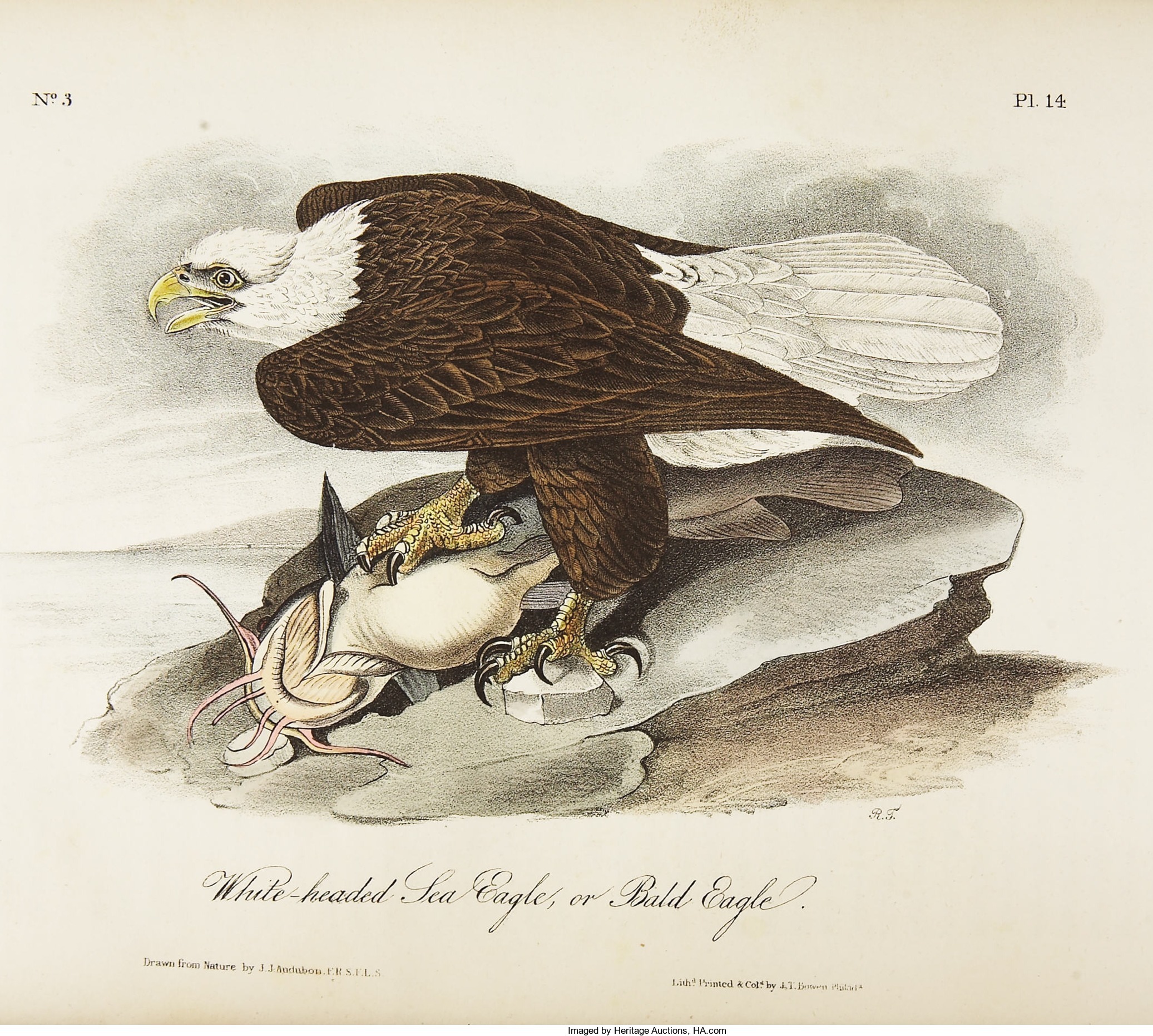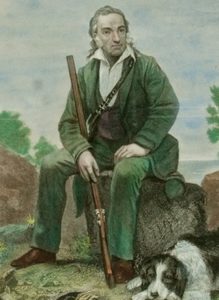
By Jim O’Neal
The National Audubon Society is dedicated to the preservation of wildlife species and their habitats. It is the oldest environmental organization in the world and uses modern science, leading-edge education and broad grassroots advocacy to further its conservation mission. Founded in 1905, it is named for John James Audubon, the famous naturalist who was born in Haiti before immigrating through Europe to America.
Audubon (1785-1851) is considered the Father of American Wildlife, however, it would be more accurate to describe him as an ornithologist, naturalist and painter. Some mild critics point out that in order to get a close look at the subjects of his paintings, Audubon simply shot them … lots of them. At times, he shot as many as 100 birds a day since stuffed birds lost their lustrous colors and freshly killed ones were much better models. Sometimes he needed dozens of dead birds, freshly killed, to complete a single study.
He was also an avid animal hunter who shot more than his fair share of bison. He knew they were on the verge of extinction, but that didn’t bother him enough to stop shooting them. He had an active business selling and exporting the hides as they provided badly needed funds to finance his bird work.
That quibble aside, he devoted his life to the extensive study of birds and then creating amazingly detailed illustrations of them in their habitat. He had a unique technique using wires to simulate real-life conditions. He was such a perfectionist that he is known to have destroyed earlier works as his skill level progressed.
His truly major work is The Birds of America – a color plate book – that is an astonishing piece of art and undoubtedly the finest, most comprehensive collection ever compiled. It was published as a series (in sections) between 1827 and 1838 with each section containing one large bird, one medium and three smaller birds. The prints were issued in sets of five every four to eight weeks on a clever pay-as-you go subscription basis as a means for funding ongoing work.
The precise number of full-set books is a point of contention, but the best estimate is that 120 exist today, with 13 copies in private hands. Naturally, there is a great deal of interest when one comes to market and prices can range from $8 million to $10 million.

Audubon also produced a smaller, more affordable octavo edition, issued to subscribers in seven volumes.
John Audubon was elected a fellow at London’s prestigious Royal Society. Sadly, his health started failing in 1848 (senility/dementia) and he died three years later in 1851, his work in the western part of the U.S. incomplete.
Since most will never have an opportunity to view his original work, there are several on-line sites you can browse. Bird-lover or not, you will find it more than worth the time and effort.
Intelligent Collector blogger JIM O’NEAL is an avid collector and history buff. He is President and CEO of Frito-Lay International [retired] and earlier served as Chairman and CEO of PepsiCo Restaurants International [KFC Pizza Hut and Taco Bell].
